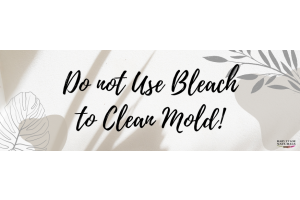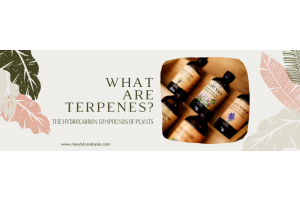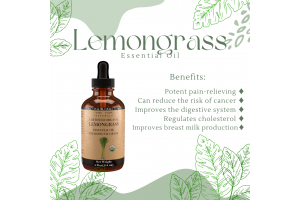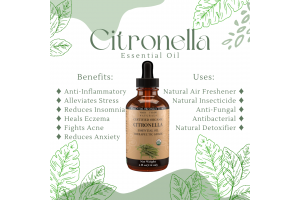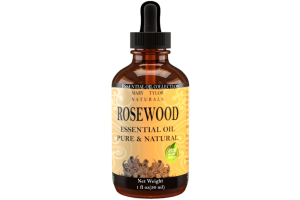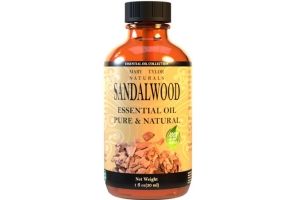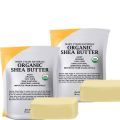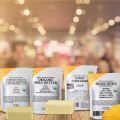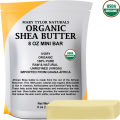Popular Candle Wax Types & Which is Better to Burn?
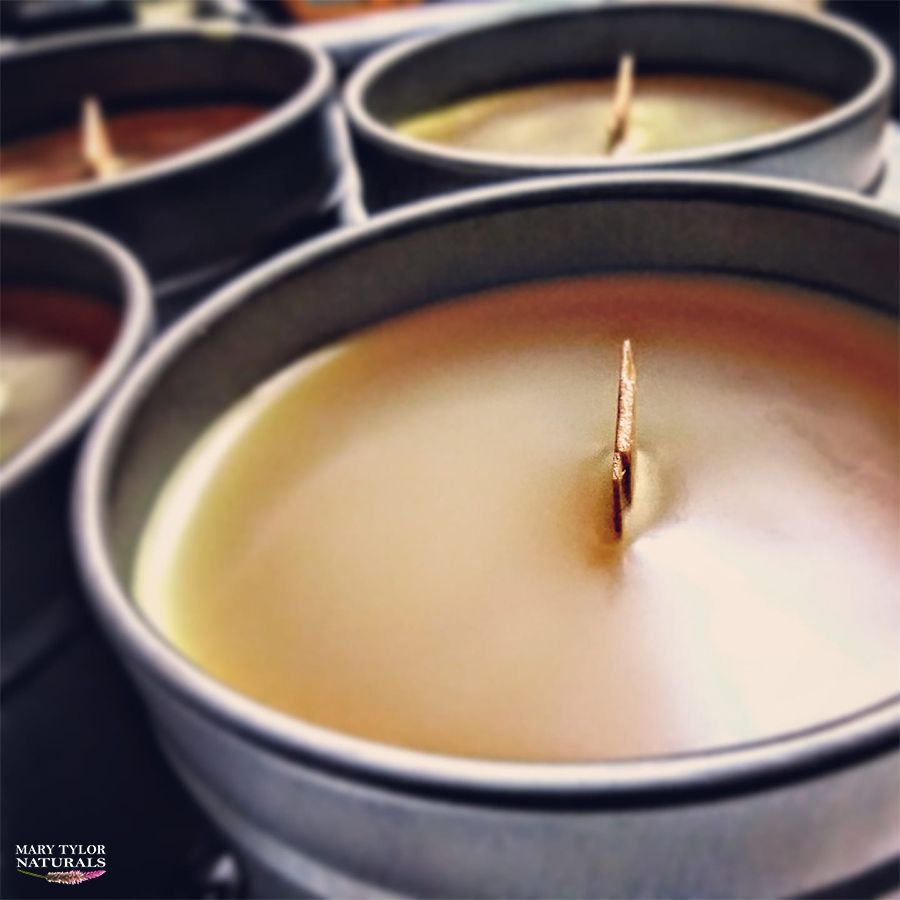
In the ancient days before electricity, people made candles to light their darkened rooms. These early candles were hand dipped of tallow or beeswax. Other waxes were added to the list as the centuries progressed. With the advancement of technology, and electricity becoming a “normal” and expected part of everyday life in most of the world, the vital need and desire for candles have also shifted. We now generally use candles to create an ambience within our space and to satisfy our olfactory cortex.
In the brain, the amygdala is involved in forming emotional responses (particularly fear responses) and memories, the hippocampus indexes and stores memories, and the hypothalamus regulates emotional responses. This is why our sense of smell is so powerful! And why we just LOVE our scented candles!
The most popular types of waxes used in candles today are: Paraffin, Soy, and Beeswax. Each has its benefits (or pseudo-benefits), and drawbacks. Some waxes offer amazing scent throw (hot and cold – the ability for a candle to distribute its scent), some that are all-natural & are known to improve the indoor air quality, and others that are meant to be a happy medium between the both. Here we dive into the details and shed some light on this much used and under considered ingredient.
Beeswax is a natural wax produced by honey bees (Apis Genus). It is formed by worker bees, which secrete it from eight wax-producing glands in the abdominal segments of the worker bees. The hive workers collect and use it to form cells for honey storage. When beekeepers extract the honey, they cut off the wax caps from the honeycomb cells with an uncapping knife. The raw beeswax is then clarifying to remove impurities, and are then poured into manageable blocks or made into easy to work with pellets/granules.
These purified beeswax blocks are then blended with Coconut Oil and Essential Oils for The Healthy Candle® at Mary Tylor Naturals. Beeswax on its own, doesn’t carry hold much of a scent other than its hints of natural, gentle, warm honey. Mary Tylor Naturals blends Coconut Oil with the Beeswax to not only soften the Beeswax making it a burn at a lower temperature (it’ll burn more evenly in a container); but to help carry the scent of essential oils without the use of paraffin, soy, or chemical additives. Their pillar candles are made from 100% Pure Beeswax.
Beeswax is known to help improve the air quality by releasing negative ions when burned. These negative ions then attach to the positive ions floating around the indoor air that we breathe (think pet dander, pollen, mold, toxic chemicals, etc.) causing them to fall to the ground (so you aren’t breathing them in). Beeswax’s signature bright ambient glow that humans have grown to love over the millennia will always keep us coming back.
Soy Wax is a well-known “natural”, alternative to Paraffin Wax? But, did you know that soy wax is created from soybeans; and about 94% of soybeans are made from GMO crops, unfortunately there isn’t enough of a non-GMO market to keep that other 6% of organic soybeans isolated from the 94% GMO crops to produce a non-GMO end product. NO soy wax manufacture will/can certify their soy wax as non-GMO. Though, distributors of soy wax will inaccurately claim their wax is non-GMO (ask them for a certificate stating so directly!).
Soy wax also is known to have an unpleasant, not-smooth-at-all tops (they are rough and bumpy). There are many chemical additives that are added to help combat this issue, and they add to the poor air quality in your home. Another unsightly occurrence with soy wax is the frosting on the sides of the glass vessels and sometimes on the top of the candle as well. Though there is a good enough scent throw (hot and cold) with soy wax, much less than paraffin, but much more than beeswax.
Paraffin wax is a by-product of the petroleum industry that is created from the sludge waste when crude oil is refined into gasoline. When this wax is burned, it releases carcinogenic toxins like benzene, toluene, formaldehyde, acetaldehyde, acrolein and soot, the same toxins that are produced by burning diesel fuel, into your home.
Paraffin candles have an incredible scent hold, cold and hot, that most people have come to associate the capacity of candles to produce! But at what cost? While the candles themselves are much cheaper (we’ll touch on how in a minute), the cost to one’s health is the most expensive of all!
Not to mention fragrance oils have their own set of VOC’s (volatile organic compounds), that along with the chosen wax release toxic irritants into the indoor air of our homes. These toxins exacerbate any lung issues one may have (asthma, COPD, lung disease, etc.); they create headaches, nausea and many other unnecessary ailments.
But, who doesn’t just love the beautiful ambience of a lit candle? And filling the home with amazing scents! We DO have healthy options!
Mary Tylor Naturals created The Healthy Candle® to give us an incredibly smelling candle, without all the nasty, carcinogenic toxins, that offer aromatherapy as well! These scented candles are made with Pure Beeswax, Coconut Oil, Essential Oils, and a cotton wick. Really holding true to the motto of: Better Ingredients for a Better Life!

